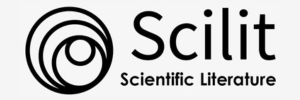| ..:: MENU ::.. |
| ..:: INFORMATION ::.. |
| ..:: E-ISSN ::.. |
| ..:: DOWNLOAD HERE ::.. |
| ..:: SUBMIT ::.. |
| ..:: CONTACT CLICK HERE ::.. |
| ..:: JOIN AS REVIEWER ::.. |
| ..:: TOOLS ::.. |
| ..:: PLAGIARISM ::.. |
 |
| ..:: INDEXED BY ::.. |
 |
 |
 |
 |
 |
| ..:: PUBLISHED BY ::.. |
 |
 |
 |











